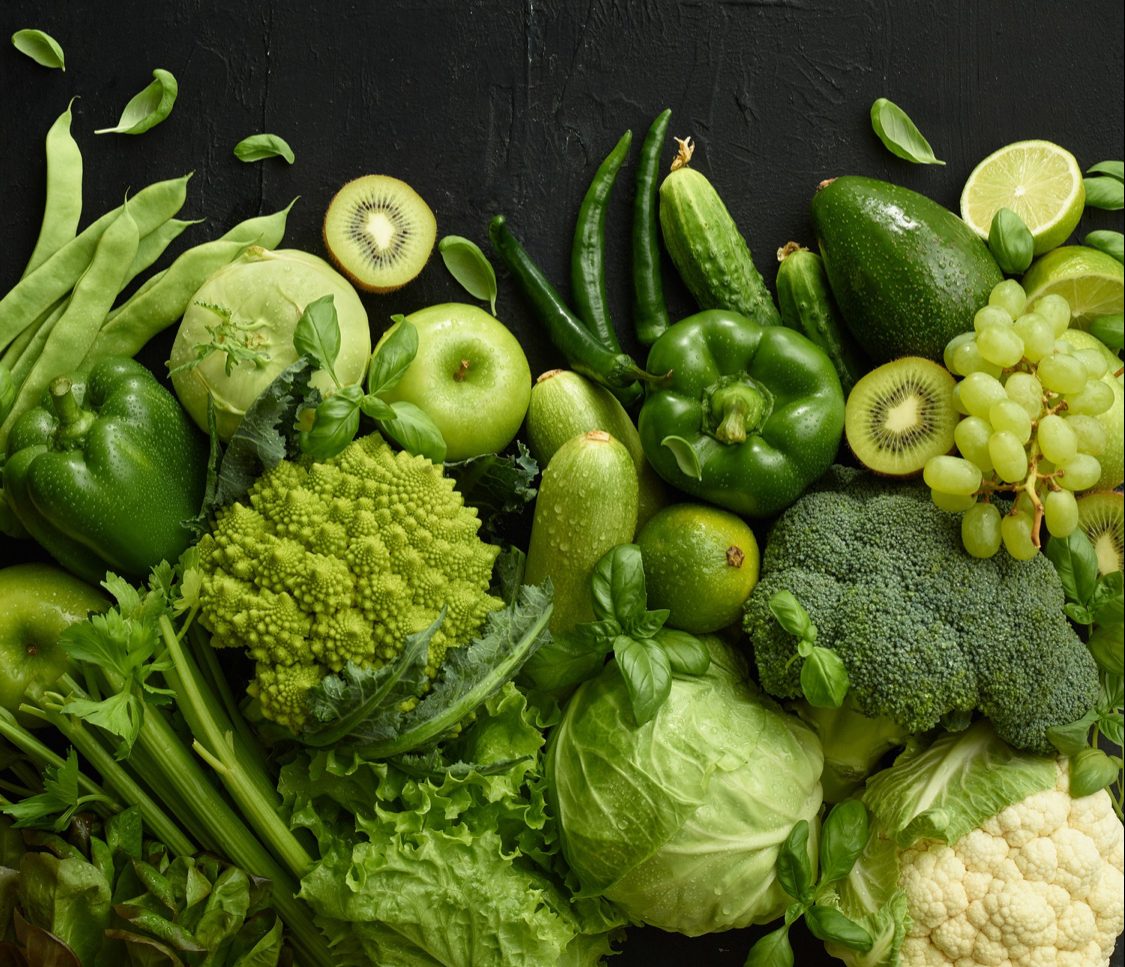Pasteurization is a revolutionary process that has transformed food safety and preservation since its development by French scientist Louis Pasteur in the 19th century. By heating food and beverages to specific temperatures for set durations, pasteurization effectively destroys harmful microorganisms without significantly altering the product’s nutritional value or taste. This method has become a cornerstone of the modern food industry, allowing consumers to enjoy safer, fresher, and longer-lasting food.
Why Pasteurization Is Essential
Raw food products, particularly milk, eggs, and juices, can harbour harmful pathogens like Salmonella, Listeria monocytogenes, and Escherichia coli. These microorganisms are responsible for severe foodborne illnesses that can lead to serious health consequences, especially for vulnerable groups such as children, the elderly, and immunocompromised individuals.
Pasteurization addresses these risks by neutralizing harmful bacteria and viruses in food. This process not only ensures safety but also prevents spoilage caused by natural enzymes and bacteria, extending the shelf life of products. Longer shelf life benefits producers and retailers by reducing waste while offering convenience to consumers who can store products longer without fear of them going bad.
Key Advantages of Pasteurization
The benefits of pasteurization are multifaceted, enhancing both food safety and consumer experience:
- Food Safety: Pasteurization effectively eliminates pathogens, making food safe for consumption and reducing the risk of disease outbreaks.
- Extended Shelf Life: By inhibiting microbial activity, pasteurized foods stay fresh longer, supporting modern lifestyles where convenience is critical.
- Nutritional Integrity: Modern techniques preserve essential nutrients, ensuring the food remains both safe and healthful.
- Flavour Preservation: Advanced methods minimize the impact on taste, allowing consumers to enjoy food with its original flavour intact.
These benefits have made pasteurization indispensable for both producers and consumers, ensuring the quality and safety of everyday food products.
The Pasteurization Process
The process of pasteurization involves carefully controlled heating and cooling to destroy pathogens while maintaining the food’s quality. Several methods are tailored to meet the needs of different products:
- High-Temperature Short-Time (HTST): Heating food to 161°F (72°C) for 15 seconds, commonly used for milk and juices, balances safety and flavour.
- Ultra-High Temperature (UHT): Heating products to 275°F (135°C) for 2–5 seconds creates shelf-stable foods that don’t require refrigeration, such as long-life milk.
- Low-Temperature Long-Time (LTLT): Used for speciality products like certain cheeses, this method involves heating food to 145°F (63°C) for 30 minutes, preserving delicate flavours.
- Higher-Heat Shorter Time (HHST): A variation of HTST, this method enhances microbial reduction while maintaining product quality.
The choice of method depends on the product type and desired shelf life, ensuring a balance between safety and sensory attributes.
Pasteurized vs. Unpasteurized Foods
Consumers often weigh the differences between pasteurized and unpasteurized products when making food choices. Understanding these distinctions can clarify the importance of pasteurization:
- Safety: Pasteurized foods undergo treatment to eliminate harmful microorganisms, significantly reducing the risk of foodborne illnesses. Unpasteurized foods, while more natural, carry a higher risk of contamination.
- Shelf Life: Pasteurized products last longer due to reduced microbial activity, while unpasteurized items spoil quickly and require immediate consumption.
- Nutritional Content: While pasteurization may cause minor nutrient loss, most vitamins and minerals remain intact. Unpasteurized foods may contain natural enzymes but at the risk of harbouring pathogens.
- Taste: Advanced pasteurization methods ensure minimal changes in taste, while some raw food advocates argue for the richer flavour of unpasteurized products.
The safety and convenience of pasteurized foods make them a practical choice for the majority of consumers, while unpasteurized options cater to niche markets with specific preferences.
Foods Commonly Subject to Pasteurization

Pasteurization is widely used across the food industry to ensure the safety and quality of various products:
- Dairy Products: Milk, cheese, yoghurt, and cream undergo pasteurization to eliminate pathogens like Listeria and E. coli.
- Beverages: Juices, beer, wine, and cider are pasteurized to ensure safety without compromising flavour.
- Eggs: Both liquid and in-shell eggs are pasteurized to prevent contamination with Salmonella.
- Semi-Solid Foods: Items such as soups, baby food, and sauces are pasteurized for enhanced stability and safety.
- Condiments: Products like ketchup, mustard, and mayonnaise benefit from pasteurization, ensuring longer shelf life.
This wide application underscores pasteurization’s critical role in making food safer and more accessible.
Addressing Misconceptions
Despite its benefits, pasteurization faces some misconceptions. A common myth is that it significantly reduces the nutritional value of food. However, modern pasteurization techniques are designed to preserve most nutrients while ensuring safety.
Another misconception is that pasteurization alters the taste of food. While slight changes may occur, advanced methods ensure the flavour remains largely unchanged, meeting consumer expectations for quality.
Raw food proponents often claim that unpasteurized products are superior due to their natural enzymes and richer flavour. However, the risks of foodborne illnesses associated with raw foods far outweigh these perceived benefits.
Conclusion
Pasteurization is a testament to the synergy between science and food safety. By effectively eliminating harmful microorganisms and extending the shelf life of products, it has become an essential process for both consumers and producers. While unpasteurized products have their niche appeal, the consistent safety, quality, and convenience offered by pasteurized foods make them indispensable in modern life. As technology continues to refine the process, pasteurization will remain a cornerstone of food safety, allowing us to enjoy a variety of nutritious, delicious, and safe products with confidence.
 Food Manifest
Food Manifest 

















